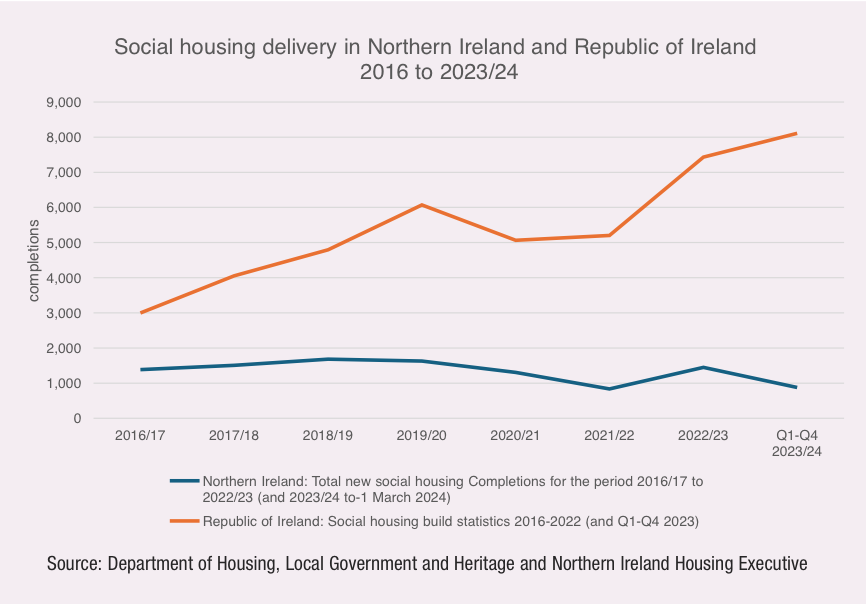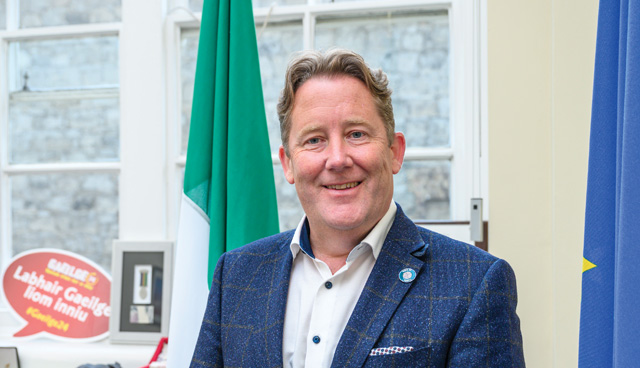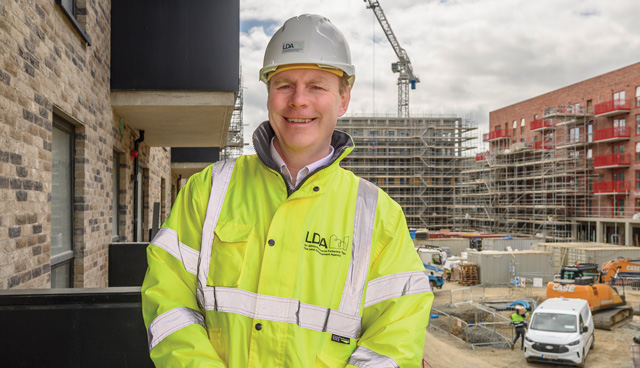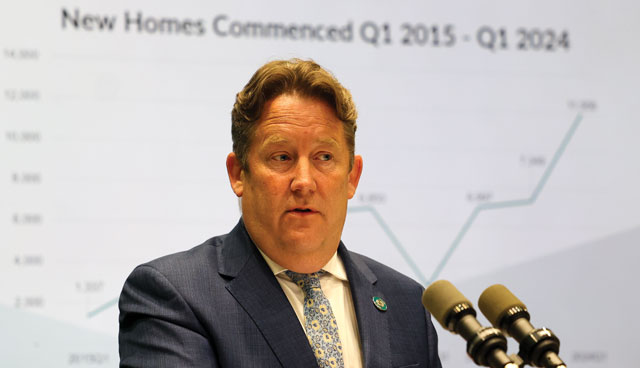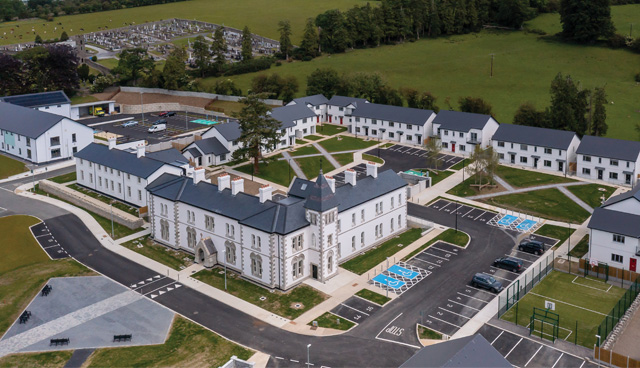
Circle VHA: Landmark direct construction provides 47 homes
4th July 2024
Recast Energy Performance of Buildings Directive: What does this mean for the residential sector?
4th July 2024Housing crisis: Social home output

With the delivery of more social homes a key tenant of actions to mitigate the housing crisis north and south, David Whelan assesses the significant gap in delivery.
In June 2024, housing and homelessness sector leaders in Northern Ireland collaborated on a letter to the North’s First Minister and deputy First Minister to outline their “grave concerns” at the likelihood that only 400 new social homes will be started in 2024/25.
The level of new starts would represent an over 70 per cent fall in current delivery, which itself falls below the necessary draft Housing Supply Strategy target of 2,222 new social housing units per year until 2037.
The projected decrease comes after the Northern Ireland Executive approved its annual budget which significantly reduced the capital budget for the Department for Communities by £216 million from the previous year.
Four key stakeholder bodies involved in drafting the letter estimate that the allocation will mean 1,106 fewer homes will be started in 2024/25, compared with 2023/24.
Northern Ireland is experiencing rising levels of homelessness, coupled with a growing social housing waiting list. The total number of applicants on the Northern Ireland Housing Executive waiting list at 31 March 2024 was 47,312. Of these applicants, 35,464 households were deemed in ‘housing stress’.
A rise in demand has been compounded by inflationary pressures on supply costs, rising private rent levels, and an acknowledgment that the current housing stock is not reflective of the changing needs of the population.
Political instability, the Covid-19 pandemic, and failure to secure a multi-annual budget have also been identified as having detrimental impacts on ambitions to increase the social housing stock.
In March 2024, newly appointed Communities Minister Gordon Lyons MLA identified a Housing Supply Strategy for Northern Ireland as one of his first priorities as part of the reformed Executive, however, at the end of June 2024, the strategy had still not been finalised.
The strategy, which envisages the delivery of over 100,000 new houses, including 33,000 social homes, over a 15-year period, has been in draft form since early 2022, when the Executive collapse meant it failed to be approved.
If agreed by the Executive, the new Housing Supply Strategy would require delivery of an estimated 2,222 new social housing units per year.
That figure is significantly higher than recent delivery. In 2023/24 (April 2023 to March 2024), 1,508 new social housing dwelling starts were recorded, following 1,956 in 2022/23 and 1,713 in 2021/22. The social housing start figures tend to be higher than new build figures, as dwellings started are not always completed in the same year.
Suggesting that the most recent budget allocation will only allow for 400 new houses to be started in 2024/25, housing sector stakeholders said the allocation would have “major social and economic consequences” and called for the Executive to urgently reconsider the capital budget.
Seamus Leheny, CEO of the Northern Ireland Federation of Housing Associations (NIFHA), says: “In reality the housing waiting list and the social housing budget are going in different directions, at a rapid pace. While figures showed an 18 per cent increase in the number of applicants on the waiting list over the last 10 years, the budget available for new build social housing is shrinking and today’s decision will lead to at least a 73 per cent reduction in the number of new build homes compared to last year.
“In the first quarter of this year [2024] alone more than 850 applicants presented as being in housing need, but as things stand we will be building less than half that number of homes over a whole year.”
Seamus Leheny, CEO of NIFHA
“If this is not addressed then the Northern Ireland Assembly is effectively waving a white flag and accepting that we cannot realistically provide housing for our citizens in need.
“In the first quarter of this year [2024] alone more than 850 applicants presented as being in housing need, but as things stand we will be building less than half that number of homes over a whole year.”
Context in the Republic
By comparison, Housing for All, the Irish Government’s housing plan to 2030, set an ambition of 9,500 new-build social homes to be provided each year.
Most recent figures show that the 58,824 households are assessed as being qualified for, and in need of, social housing support as of 1 November 2023. This figure has risen by almost 1,000 households since 2022, however, it still represents a reduction from 2016, when the figures were first gathered.
In 2016, 91,600 households were on the social housing waiting list, and an annual decrease had been recorded up until the most recent report in 2023. The 57,842 households on local authority waiting lists recorded in 2022 represented a 36.8 per cent decrease since 2016.
A number of support schemes have been deployed by the Government and administered by local authorities focused on reducing the waiting list, including the Housing Assistance Payment. There has also been a strong focus on the development of affordable housing.
However, in terms of new build social housing units, figures published by the Department of Housing, Local Government and Heritage show that 8,110 units were delivered between Q1-Q4 2023, an increase on the 7,433 units delivered in 2022.
The build trend has steadily increased from 2016, when the build output was as low as 2,977 units. Interestingly, social housing delivery targets have also gradually increased, meaning that while the number of social homes being built each year has almost trebled from 2016 to 2023, 2017 (build target: 3,200, build output: 4,054) was the last year that build output exceeded the target set.
Cumulatively between 2016 to Q4 2023, some 43,708 new social housing units were built, against a target of 52,310.
Overall, the combined data shows that the delivery of new social housing units has a critical role in reducing the number of households on waiting lists north and south. Plans for Northern Ireland to ramp up its delivery of new social homes, as has been done in the Republic, have been hampered. The recent capital allocation which suggests a dramatic fall in new build capacity could place more pressure on an already fragile housing system.

